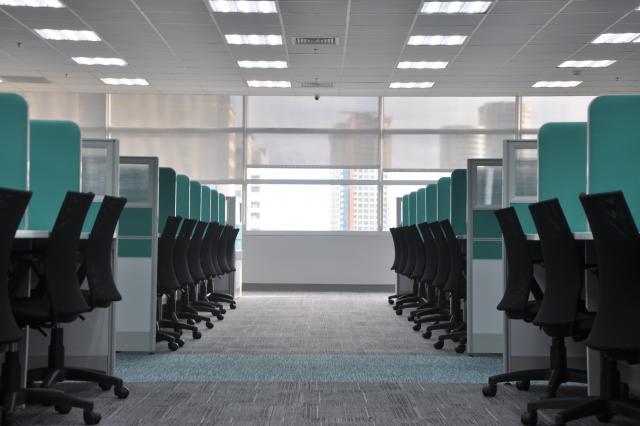By Ian Ash
Go back to the pre-Covid days (remember them?) and it may be just me but I don’t recall hearing the term ‘hybrid working’.
Back then it was called somewhat less glamorously ‘working from home’ and from my recollection, this didn’t happen very often.
There were two key reasons for this:
1. The potential for distraction (and hence some concern about whether sufficient work would actually get done); and
2. The potential for creating a precedent (some staff members may be more reliable than others, but you can’t create a rule just for some).
The Covid-19 era literally enforced working from home as it was either this, or you stayed away from work and didn’t do anything.
However, this period did at least show that the former reservations were not well founded as not only was a ‘precedent’ necessarily created without any major issues, the impact on productivity failed to materialise. In fact, a study from Stanford University reported that remote workers were five per cent more productive than in-office workers in the summer of 2020 and by early 2022, this had risen to nine per cent as companies continued to improve their remote work practices and invested in technology that supported remote work.
According to the Australian Bureau of Statistics, during Covid-19, more people left Australia than came into the country, recording a net loss of 88,800 people in 2020-21 from the national population due to the impact of Covid-19 on overseas migration.
Immigration fell 71 per cent, down to 145,800 from 506,900.
Combine this with historically low employment rates and you end up with a situation where employees had the upper hand as there were often more jobs than people to fill them.
Consequently those seeking new roles could not only command higher salaries, they were also able to demand a level of hybrid working having now got used to home comforts and spending less on fuel travelling to work.
Employers’ responses to this were mixed – some embraced the new way of working even reducing their office footprint as less staff were now required to be in the office.
However, many others felt that this more fractured way of working had an adverse impact on company culture and work relationships since the natural team-building that stems from those spontaneous water cooler discussions or quick chats no longer occurred.
Elon Musk’s famous email to Tesla staff back in June 2022, entitled ‘To Be Super Clear’, left no one in doubt about where he stood as everyone was ordered to work a minimum of 40 hours per week, in-person, at the office.
Moreover, he explained, “the office must be where your actual colleagues are located, not some remote pseudo office. If you don’t show up, we will assume you have resigned”.
So what about the future? Well, let’s return to Mr Musk.
Apparently, back in January this year, the new Twitter owner shut down its Seattle offices and its Singapore offices, instructing its employees to work remotely.
Why? It turns out that the office costs including rent and services such as cleaning and security were becoming prohibitive.
So if the most ardent critic of remote working can change his mind, then for me this tends to suggest that the pre-Covid days of Monday to Friday in the office every week are probably gone.
Instead, employers will need to adopt a more flexible approach that allows a level of hybrid working for many staff and may even need to provide the technology required to support this as well.
This will necessarily create an imbalance in the workplace though since in certain industries such as manufacturing and construction, this is simply not possible.
Ian Ash is the managing director of OrgMent Business Solutions ombs.com.au







